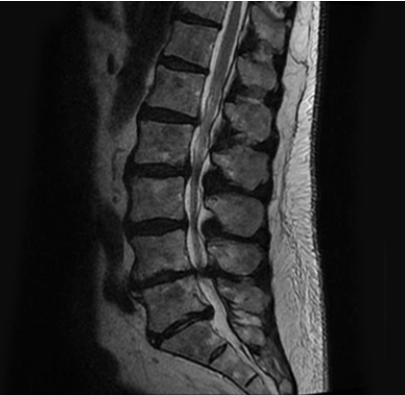What is Degenerative Disc Disease?
The intervertebral discs are made of strong connective tissue, and they sit between each of our vertebrae. The discs act as shock absorbers for our spine. When we are born, there is plenty of fluid within the disc. Over time, we can lose fluid in the disc making it prone to small tearing of the connective tissue as well as loss of disc height. After we lose disc height, our body begins to react to the additional stress on the vertebral bodies. Our bone compensates for this additional stress by creating osteophytes. This is a protective mechanism of the spine to prevent spinal instability, however it can ultimately lead to a reduction in range of motion of the spine.
What causes Degenerative Disc Disease?
A combination of genetics and environmental factors can cause degenerative disc disease. A person’s lifestyle can influence this disorder, including: occupation, sporting activities, injuries, smoking, and atherosclerosis.
It is important to note that having DDD does not always mean that you will have pain. Sometimes, it is just an incidental finding on x-ray, MRI or CT scan.
How is it diagnosed?
DDD can be highly suspected based on history and physical exam. Advanced imaging may be required if there is persistent pain.
How is it treated?
DDD is best treated non-surgically. Lifestyle intervention such as weight loss, smoking cessation, and proper nutrition are ideal to consider if you develop this condition. Often, it can take much effort to make these changes, and seeking the help of a medical professional is recommended for your best chance of success.
Non-surgical treatment includes anti-inflammatories, physical therapy, acupuncture, traction, epidural steroid injections and regenerative medicine.

